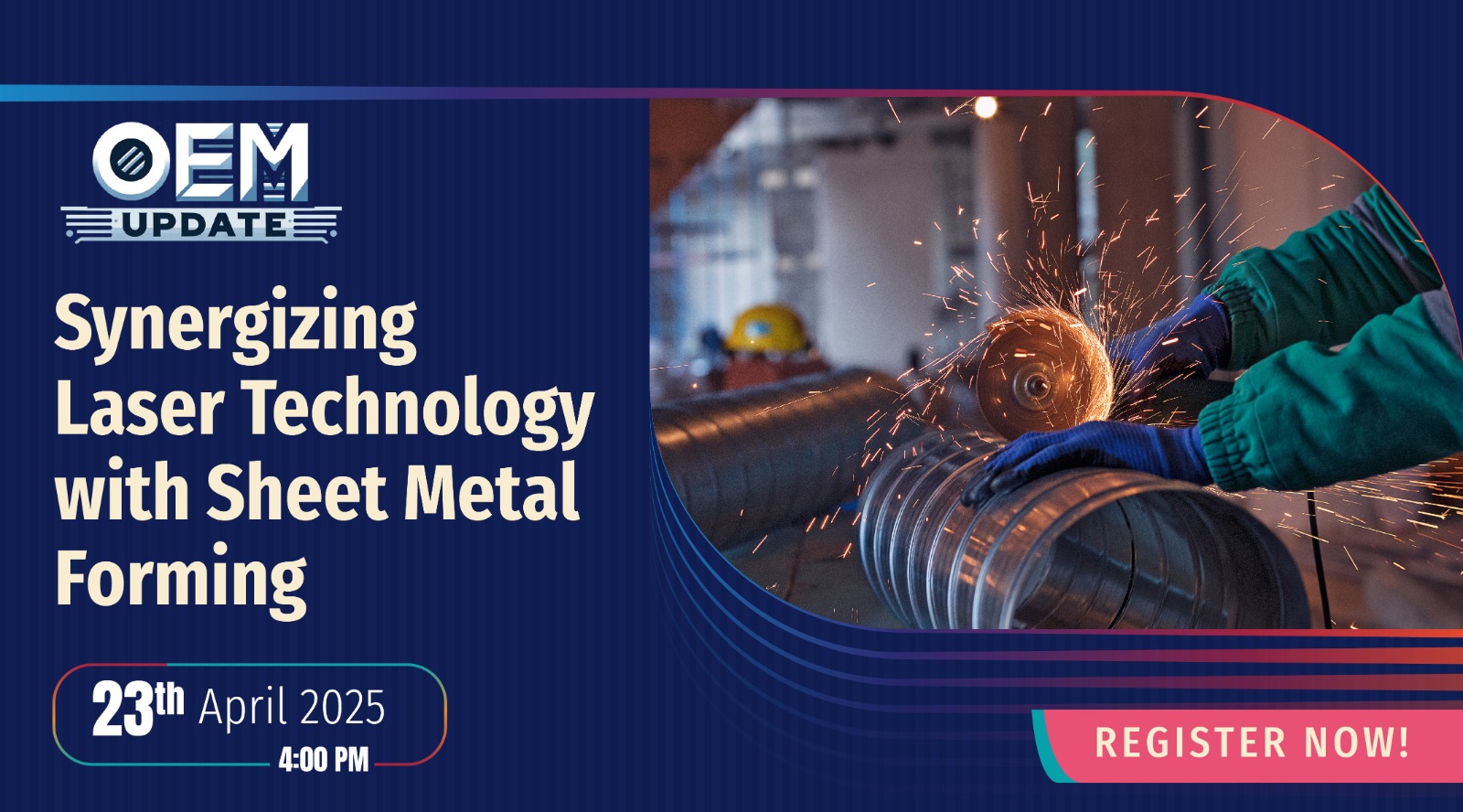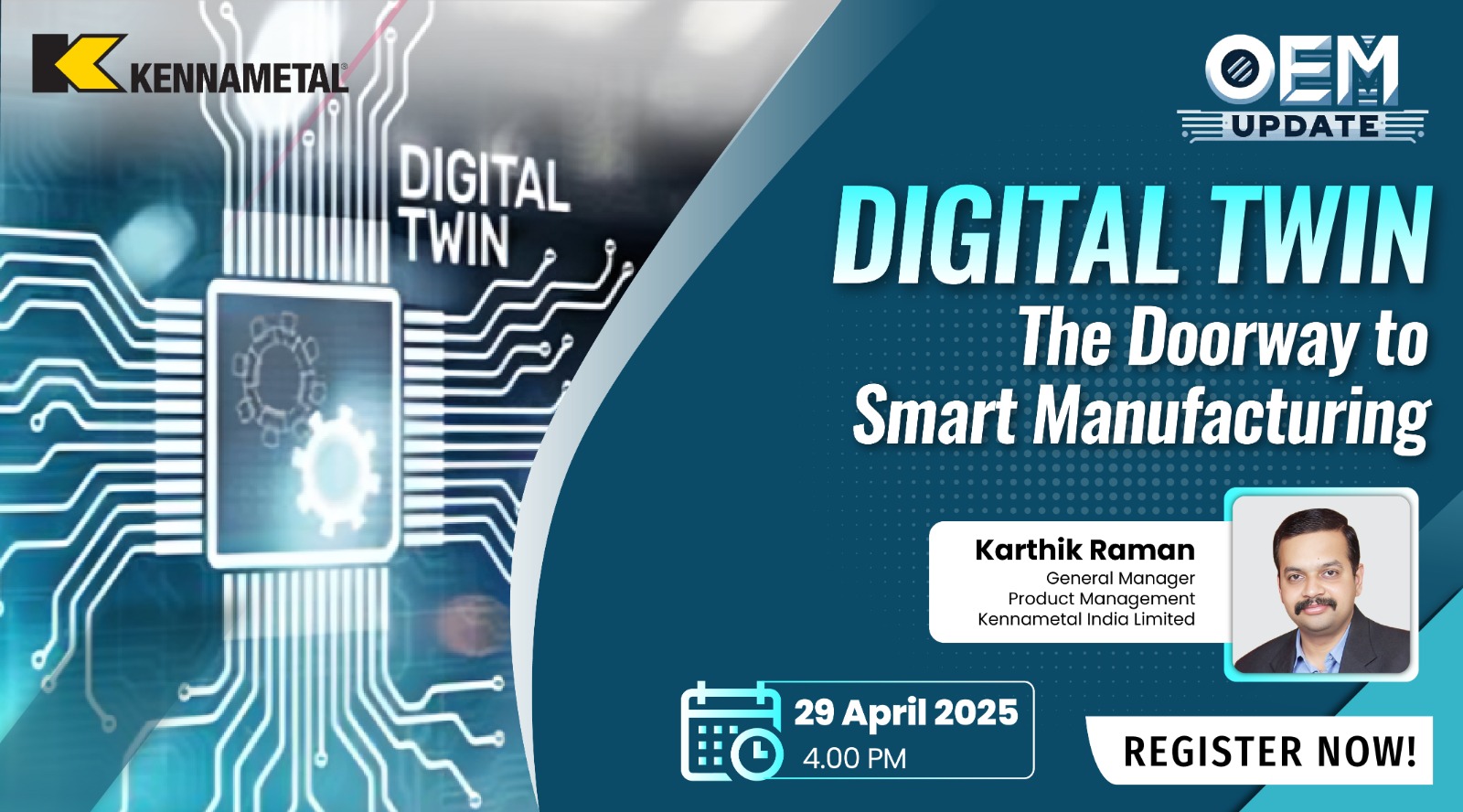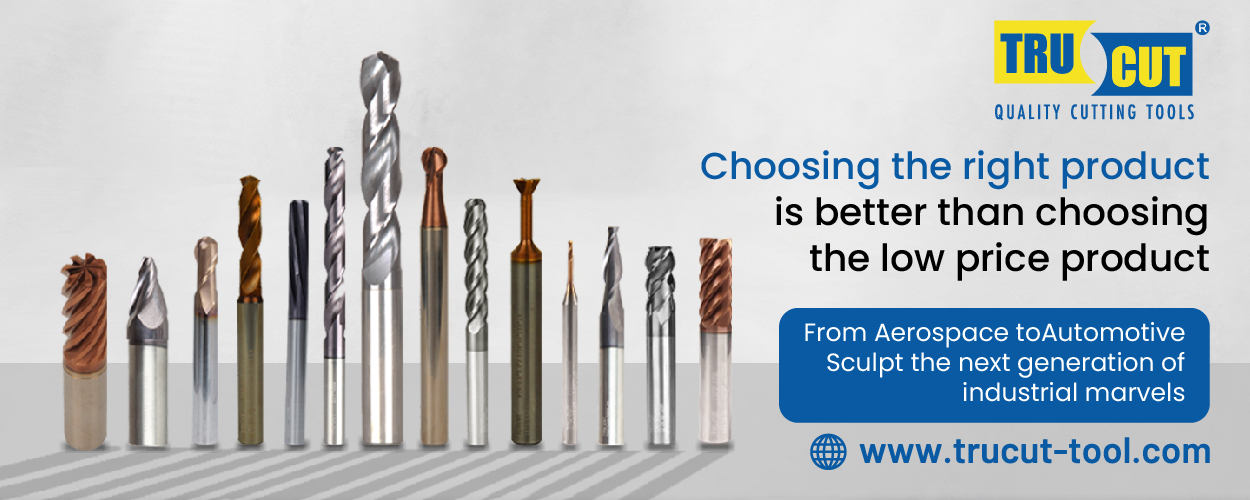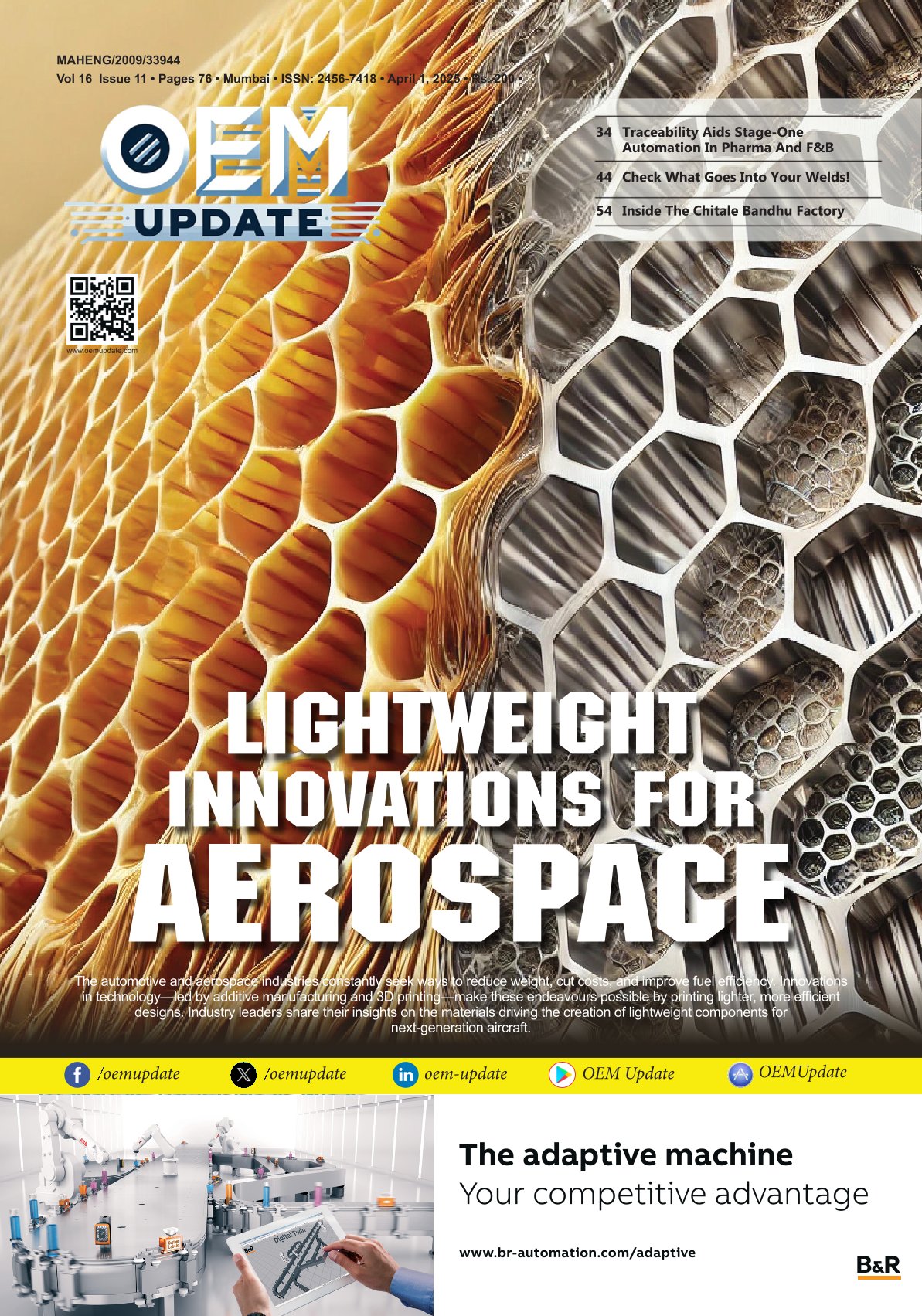Compressed Air vs. Blowers: The Truth
June 23, 2015 2:43 pm
The best choice should be the system that costs the least overall, takes up the least time in company resources, and maximises production output
Efficient blow-offBlow-off of water, dust, coolant, etc. is achieved using either, or both compressed air and blower operated systems.
During the past ten years, much was made about the high cost of energy utilising compressed air. This has created both claims and counter claims by suppliers of both blower operated technologies and compressed air amplifiers (which are flow amplifiers) as to which is the best to use. In fact, you sometimes see advertisements – some rather stretching the limits of accuracy – touting their particular method of energy use. Certainly, if one is using open jets and copper tubing, pipe with drilled holes, or open slots and compressed air, for them – either blower blow-off systems or compressed air amplifying systems should be chosen instead as both will reduce energy costs and most likely improve the productivity of the operation.
FactsIt really just depends on situation. These are the facts that should be considered for any blow-off application for choosing blower systems or compressed air amplification systems. Each factor may have a greater or lesser weight over the other depending on the company and personnel involved:• Availability of particular energy• Space and weight• Noise level• Application particulars• Reliability• Energy cost• System cost• Maintenance and operating cost.
Availability of particular energyIn some situations, the necessary electrical power may not be available, or the cost to bring the power to that location prohibitive. Depending on payback (one, two or more years) the cost needs to be considered over the project evaluation time. Similarly if compressed air is preferred (for other reasons to follow), the cost of installing a compressed air line needs to be considered. If there is no compressed at all, the cost of a new compressor may be significant. However, so can an electrical installation depending on the environment.
Space and weightBlower operated systems require far more space, and weigh far more than compressed air amplifiers. A blower operated air knife is larger and heavier than a compressed air unit. Space limitations can automatically discount the use of one technology over the other. It is not just the size of the particular technology. The blow-off force tends to be stronger with compressed air amplifiers by their nature when compared to many blower systems. This means the time to dry between one spot to the next may be shorter with a compressed air amplifier. This is simply because it blows off more. Blowers can add heat but, that also increases energy use and can only add heat to the output air. The user should be careful that this heat of evaporation does not leave spots on the item being dried. (This is where it can get confusing because all the factors are so inter-related). There was one situation where a company changed back and forth from compressed air to blowers because the blower system in that particular situation did reduce energy use, but the part did not dry very well. This caused other problems that added back the cost that was reduced elsewhere.
Noise levelBlower systems can have silencers added to them but they are, just by their size, far more noisy than compressed air amplifier systems. The new Nex Flow compressed air operated X-Stream model Air Blade air knife for example is extremely quiet. Silencers of course may be added to blower systems but the cost again, goes up more. The tendency of compressed air amplification technology is to get intrinsically quieter as designs continue to improve to address noise levels.
Application particularsThis is very critical. Applications where the blow-off must be continuous tend to favour blow-off systems above 12-inch lengths but, if the blow-off can be cycled on and off when needed, suddenly compressed air amplifier systems become much more economical. For example, if an item is on a conveyor, a compressed air operated air amplifier air blade (air knife) may be cycled on and off only when the item is there to be dried. A blower operated system on the other hand, is constantly running. If the requirement for drying is Intermittent, it may actually use more energy than a compressed air system. The blower systems are typically constant running systems. Also, there is a lower limit on the size of blowers to maintain the shear force you need for a blow-off. If the blow-off requirement is very light, blowers operating air blade (knife) systems below 12-inch size may be economical, but often the lower horsepower they need may be quite marginal compared to what a 12-inch and under compressed air system uses. So the size of a system and constancy of blow-off required is important.
As mentioned before, the distance between points in a blow-off is important as to which technology is best. The available space is always important to consider. Blowers may have heated air but this adds to energy costs and the nature of the product being dried may either not allow heat (such as a packaged meat product or even some metals which may have stains of the moisture if the moisture is evaporated off instead of just blown off).
ReliabilityIf the blower motor or the blower goes down, the line goes down in a blower-operated system. So, spare-parts become quite important in critical operations. Compressed air amplifier systems run off stored compressed air and are intrinsically more reliable as a result. There simply is no need for spare parts. If the application is critical, the method of blow-off tends to compressed air systems especially for smaller size systems.
Energy costBlower operated systems, for larger systems that need to be constantly on, are by far the most energy efficient. If measured strictly on energy savings, no one can argue that they are more energy efficient over compressed air amplification systems.
System costBlower systems cost far more than compressed air amplifier systems simply because a blower is required. Larger systems may cost significantly more if a separate location is required for the blower to house (noise reduction). Spare parts for critical operations must also be considered. Economy depends on amortisation time considered and expected maintenance costs. These expected maintenance costs should be carefully studied prior to any such system being bought.
Maintenance and operating costCompressed air operated amplifier blow-off systems have no real maintenance cost as long as there is proper filtration with filters for water and if necessary oil, and that these filters have automatic drains. Compressed air amplifying units use small gaps to allow a small amount of compressed air to be used and their specially designed profile and shape entrains ambient air, essentially converting pressure to flow, minimising energy loss and reducing noise levels. They convert high pressure to low pressure and flow. The operating cost is only the energy used. They can go on and off as required using solenoid valves and pressure switches or other sensors so the actual energy use may be quite minimal in intermittent use applications. For blower operated systems, the ongoing costs include energy and maintenance costs. These can vary dramatically with each application, the make, model and size of blower, and how hard the system has to work.
SummaryIn deciding on a blow-off or drying method, it is not just energy cost. One needs to consider all the various factors that can affect the production process. If high force is required, then either a more costly, noisy, and expensive blower system may be needed (over a lower cost weaker blower system), or perhaps a lower cost compressed air amplifier system. It depends on what is important. All compressed air amplifier systems, despite the different makes, are not in most cases all that different in performance because the source is the same – stored compressed air, typically between 80 and 120 psig. However, blowers can vary quite a bit in performance depending on make and model. So can service and serviceability. Application requirement can also vary greatly. Just comparing energy use may not be accurate. Your production rates and output can be negatively affected if choosing the wrong system.
The best thing to do is to consider all the factors listed above. Certainly if initial cost and minimal space and/or noise are the major factors, compressed air systems tend to be the choice. If energy use is the most important criteria and maintenance costs are not relevant, blower systems are usually chosen.
But is it the right choice? The best choice in the end should be the system that costs the least overall, takes up the least time in company resources, and maximises production output.
Authored by: Les Rapchak, President, Nex Flow Air Products, Toronto, Canada
Represented in India by: KJN Enterprises, 68A New Empire Indl. Estate, Kondivita Lane, J.B. Nagar, Andheri (E), Mumbai – 400059Tele: +91-22-28342079, 30888514; Fax: +91-22-30888515Email: info@kjnenterprises.com, www.kjnenterprises.com
Cookie Consent
We use cookies to personalize your experience. By continuing to visit this website you agree to our Terms & Conditions, Privacy Policy and Cookie Policy.









 English
English Hindi
Hindi